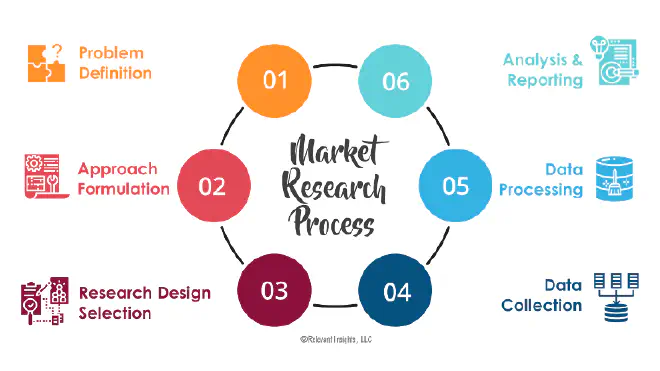Introduction #
In today’s digital-first economy, ecommerce has become more than just a business model—it’s a gateway to global entrepreneurship. With the global ecommerce market projected to reach $6.3 trillion by 2025, there’s never been a better time to start your online business journey. The convergence of advanced technologies, changing consumer behaviors, and improved logistics has created an ideal environment for ecommerce entrepreneurs.
Take Sarah’s story, for example. She started her eco-friendly home goods store in 2024 with just $1,000 and a passion for sustainable living. By leveraging social media marketing and dropshipping, she grew her business to $50,000 in revenue within six months. Her success story is just one of many that demonstrate the power of starting an ecommerce business in today’s digital age.
Why 2025 is the Perfect Time to Start 🎯 #
The digital commerce landscape has evolved significantly, making 2025 an ideal year to launch your ecommerce venture. Here’s what makes this year special:
- 🤖 AI-powered personalization: Advanced algorithms that deliver tailored shopping experiences
- 💳 Advanced payment solutions: Multiple payment options and secure transaction processing
- 🚚 Improved logistics networks: Faster delivery times and better shipping options
- 📱 Growing mobile commerce adoption: Increasing number of mobile-first shoppers
- 📸 Enhanced social commerce integration: Seamless shopping experiences on social platforms
Understanding the Ecommerce Landscape in 2025 #
Key Market Statistics and Trends 📊 #
The ecommerce landscape in 2025 is characterized by several key metrics and trends that are reshaping the way we do business online. Let’s dive deeper into what these numbers mean for your business:
Laying the Foundation for Your Ecommerce Business #
Define Your Goals and Niche 🎯 #
SMART Goals Framework for Ecommerce Success:
- Specific: Define exact revenue targets and growth milestones
- Measurable: Set clear KPIs for tracking progress
- Achievable: Start with realistic milestones based on market research
- Relevant: Align goals with market opportunities and customer needs
- Time-bound: Set clear deadlines for each milestone
Let’s look at a practical example. John wanted to start a pet supplies store. His SMART goals were:
- Specific: Achieve $100,000 in annual revenue
- Measurable: Track daily sales, customer acquisition cost, and conversion rate
- Achievable: Start with 50 products and expand based on demand
- Relevant: Focus on eco-friendly pet products
- Time-bound: Reach $100,000 by the end of year 2
Market Research and Competitor Analysis 🔍 #

Effective market research involves several key components that work together to create a solid foundation for your business. Let’s explore each component in detail:
- 📊 Industry Analysis: Understanding market size, growth potential, and key players. For example, a fitness equipment store analyzed the $14.6B home fitness market before launching.
- 🔍 Competitor Research: Analyzing direct and indirect competitors’ strengths and weaknesses. A coffee subscription service identified a gap in organic coffee delivery.
- 👥 Customer Personas: Creating detailed profiles of your target audience. A baby products store created personas for new parents and grandparents.
- 📈 Trend Analysis: Identifying emerging opportunities and potential threats. A tech accessories store capitalized on the wireless charging trend.
- ⚖️ SWOT Analysis: Evaluating your business’s strengths, weaknesses, opportunities, and threats. A handmade jewelry store identified their unique selling proposition.
Setting Up Your Online Store #
Choosing the Right Ecommerce Platform 🛍️ #
-
Shopify: Best for beginners and scaling businesses
- Easy to use interface
- Extensive app marketplace
- Built-in payment processing
- 24/7 customer support Example: A fashion boutique grew from $0 to $1M using Shopify’s built-in tools.
-
WooCommerce: Ideal for WordPress users
- Complete control over your store
- Large plugin ecosystem
- Cost-effective for small businesses
- SEO-friendly structure Example: A local bakery integrated their blog and online store seamlessly.
-
BigCommerce: Perfect for enterprise-level operations
- Advanced features out of the box
- Excellent scalability
- Multi-channel selling capabilities
- Enterprise-grade security Example: A sporting goods retailer manages 10,000+ products efficiently.
-
Wix: Great for small businesses
- User-friendly drag-and-drop interface
- Affordable pricing
- Built-in marketing tools
- Mobile-optimized templates Example: An artist sells prints and original artwork with minimal setup.
Domain Selection and Branding 🌐 #
Check Domain AvailabilityYour domain name and branding are crucial elements of your ecommerce success. Consider these factors:
- Choose a memorable, brandable domain name
- Ensure it’s easy to spell and pronounce
- Include relevant keywords when possible
- Keep it short and professional
- Consider future expansion possibilities
Example: “PawPerfect.com” for a pet supplies store - it’s memorable, includes a keyword, and allows for future expansion into other pet-related products.
Marketing and Sales Strategies for 2025 #
SEO and Content Marketing 📝 #
Social Media and Paid Advertising 📱 #

Optimizing Operations and Customer Experience #
Order Fulfillment and Shipping 📦 #
Customer Service and Retention 💝 #
- Implement 24/7 customer support through multiple channels
- Create a comprehensive loyalty program with tiered benefits
- Use AI chatbots for instant responses to common queries
- Personalize customer communications based on purchase history
- Offer proactive support and follow-up services
- Implement a robust returns management system
Example: A beauty subscription box company increased customer retention by 35% by implementing a tiered loyalty program with exclusive perks and early access to new products.
